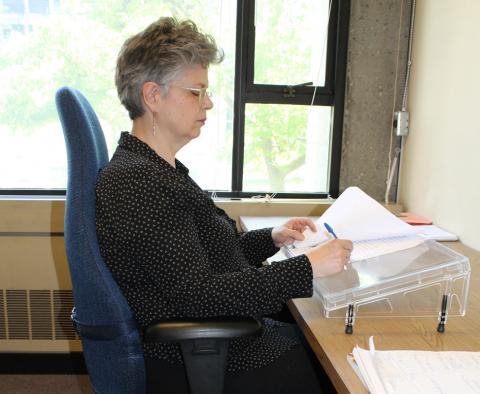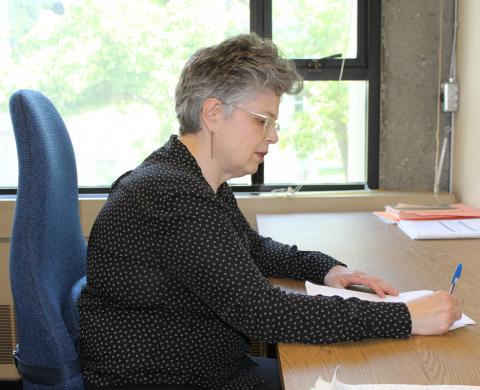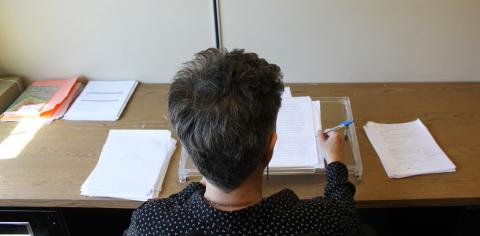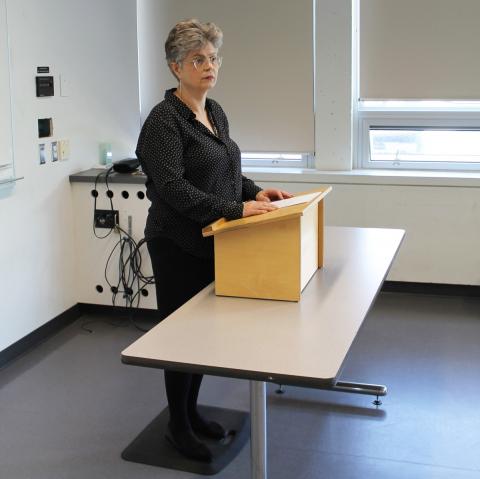Ergonomics training and workshops
Office ergo videos:
Ergo webinars and training specific to office environments
- Ergo Your UBC Office. (30 minutes)
- Remote work. Home office ergo. (30 minutes)
- Digital Eye Strain. (45 minutes)
Accessibility webinars
- See accessibility related webinars from the Centre for Workplace Accessibility.
Ergo orientations: DEPT specific
DEPT specific ergo orientations are available. Each course contains five videos and each video is 5 to 10 minutes. After completing the quiz, you will receive a certificate of completion.
- SHCS Building service worker ergo orientation (1hr total. 5 videos, each video is 5 to 10 minutes, quiz at the end)
- SHCS Building service worker warm-up to work (10 minutes, exercise video). Set 1 poster. Set 2 poster.
- SHCS Child care ergo orientation (1hr total. 5 videos, each video is 5 to 10 minutes, quiz at the end)
- SHCS Residence Front Desk ergo orientation (1hr total. 5 videos, each video is 5 to 10 minutes, quiz at the end)
- SHCS Food Services ergo orientation (1hr total. 5 videos, each video is 5 to 10 minutes, quiz at the end)
- UBC Botanical gardens ergo orientation (1hr total. 5 videos, each video is 5 to 10 minutes, quiz at the end)
- UBC Farm ergo orientation (1hr total. 5 videos, each video is 5 to 10 minutes, quiz at the end)
- UBC Animal Care. Ergo Orientation. Safe lifting & large animals (20 to 30 minutes. 3 videos, 4 to 7 mintes plus additional resources)
Shiftwork and fatigue
This joint presentation with UBC's Occupation and Preventive Health team will provide you with tips and strategies to support your health when working shiftwork.
- Shiftwork & fatigue (30 minutes, joint presentation with OPH)
Movement Breaks
- Ergo Your Posture. (15 minutes recording) or sign-up for invitation to live weekly sessions.
- UBC Rec Move U Crew. Book the Move U Crew to lead a live movement break for your team.
- UBC Animal Care. Strengthening & Stretching with Allan McGavin Physio (15 minutes. 3 videos, each 4 to 6 minutes, demonstrating strengthening & stretching exercises, geared at animal care workers but open to all workers).
- SHCS Warm-up Phase II video (10 minutes)
- Fitting in Movement. (45 minutes)
Customized workshops
Please contact ergonomics.info@ubc.ca to discuss options to arrange a customized or DEPT specific ergonomic workshop.




